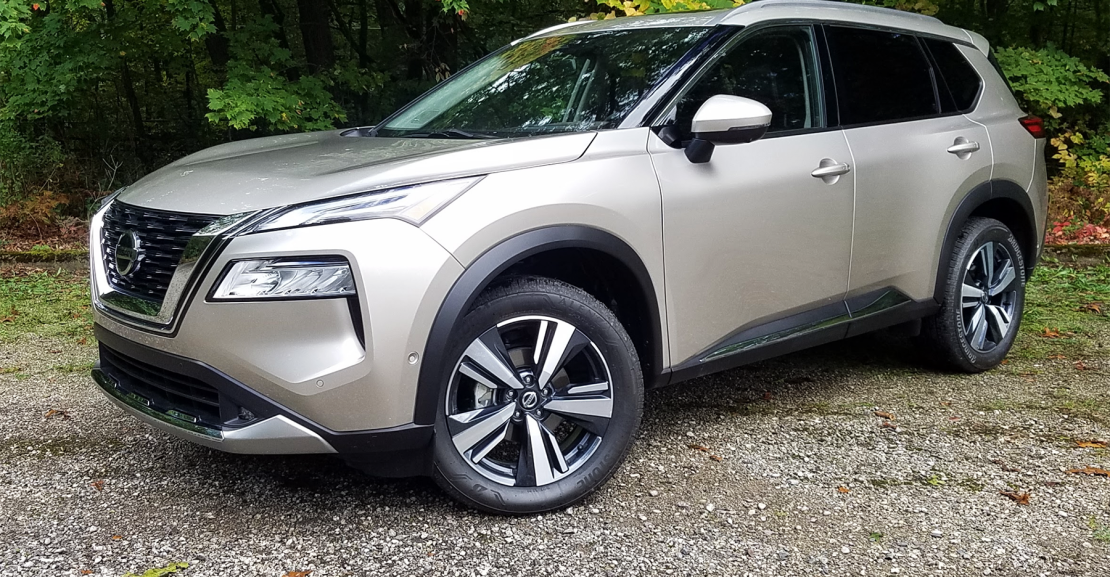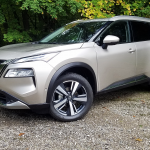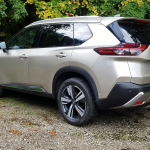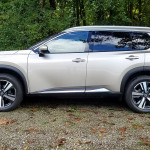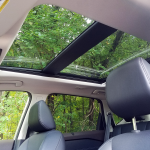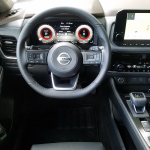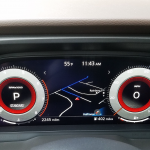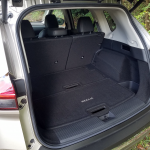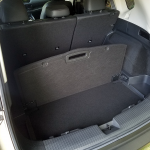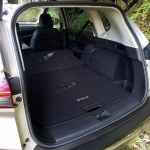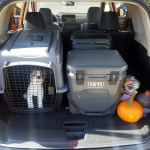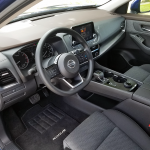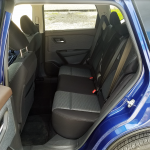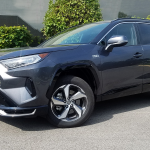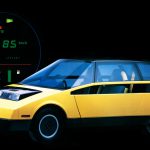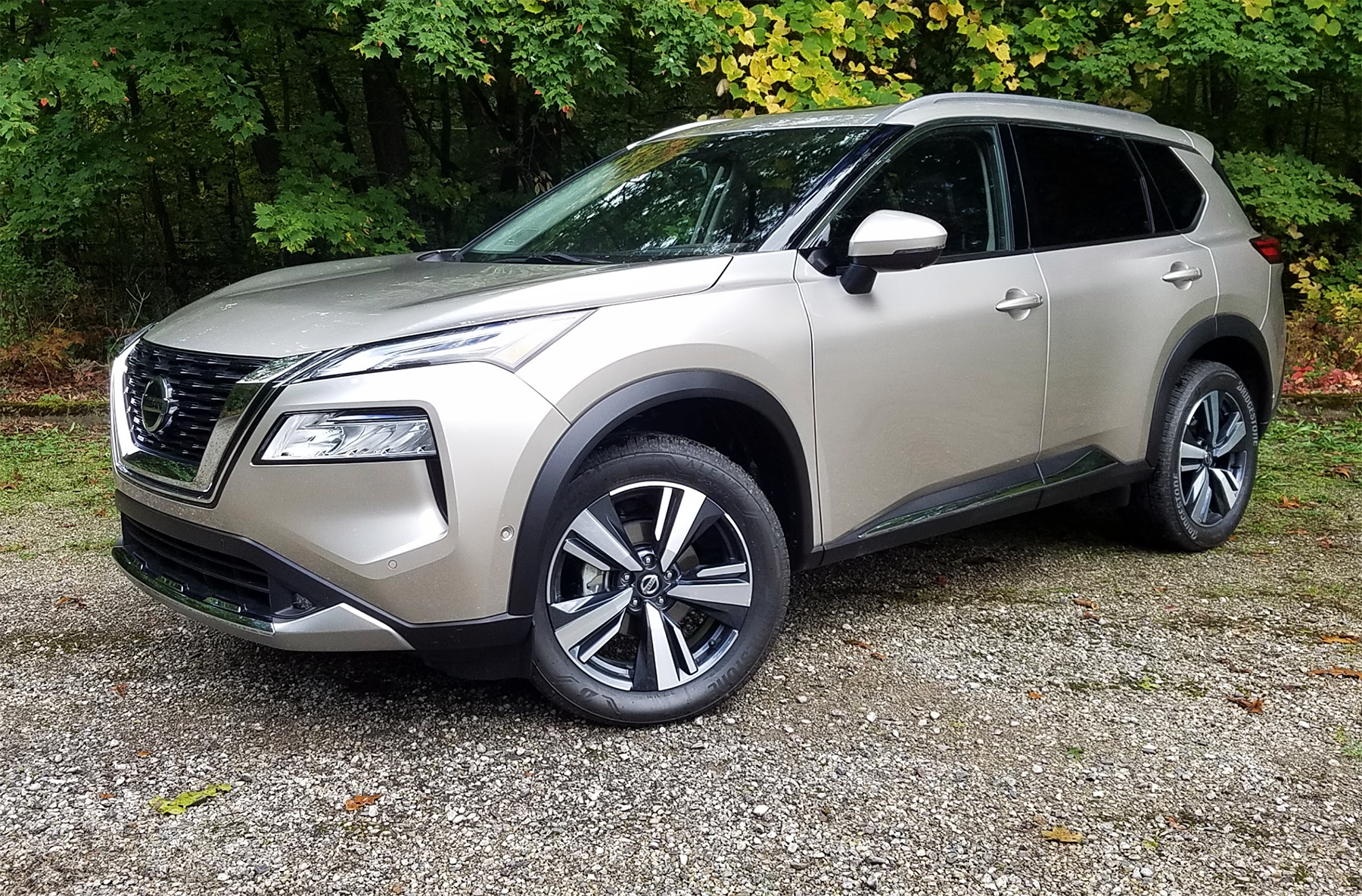
 It’s no secret that the Rogue compact SUV is the single most important vehicle in Nissan’s model lineup. It’s far and away the best-selling vehicle Nissan sells in the U.S.—more than 350,000 were sold during the 2019 calendar year, enough to rank as the sixth best-selling vehicle in America (the next best-selling Nissan, the Altima midsize sedan, was in eighteenth place, with around 209,000 units sold).
It’s no secret that the Rogue compact SUV is the single most important vehicle in Nissan’s model lineup. It’s far and away the best-selling vehicle Nissan sells in the U.S.—more than 350,000 were sold during the 2019 calendar year, enough to rank as the sixth best-selling vehicle in America (the next best-selling Nissan, the Altima midsize sedan, was in eighteenth place, with around 209,000 units sold).
2021 Nissan Rogue Review
However, Rogue sales have dropped more than 35 percent in 2020. That’s troubling even when you factor in the hit that COVID-19 dealt to… well, basically everything. Part of the reason for the slump is the Rogue’s relative age in its class—its last full redesign was in 2013 for the 2014 model year, and most of the segment’s leading rivals have newer designs. So, the all-new, third-generation Rogue, which is set to go on sale in a few weeks as a 2021 model, should be just what the doctor ordered.
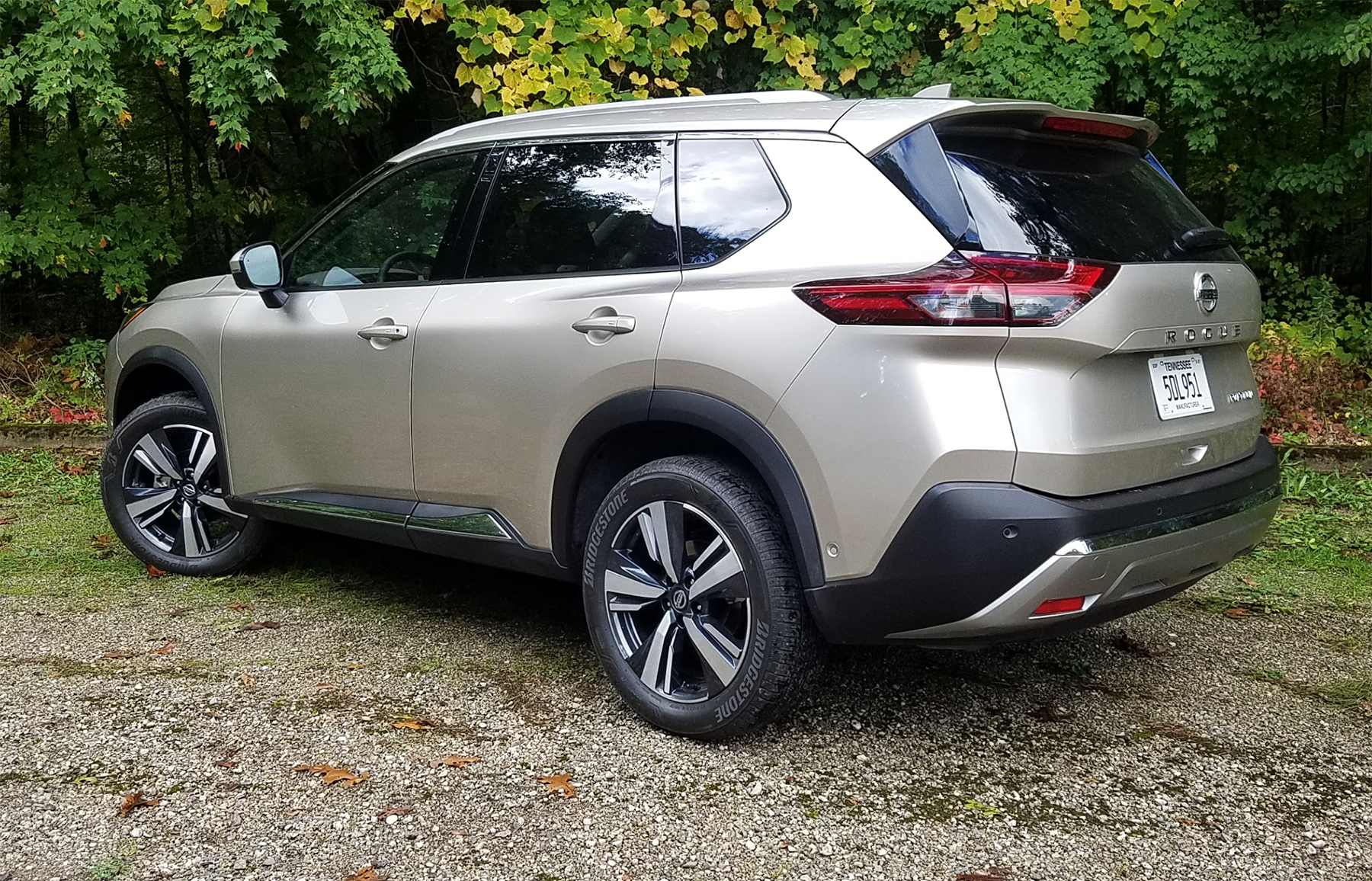
The new Rogue’s sharper-edged look was inspired by the Nissan X-Motion concept vehicle, which debuted at the 2018 Detroit Auto Show. Signature design elements include a “floating” roof, double “V-Motion” grille, and LED signature lamps. Overall dimensions barely change, save for a 1.5-inch reduction in overall length. Cargo volume behind the rear seats is down from 39.3 cubic feet to a minimum of 31.6 cubic feet, but capacity with the rear seats folded grows from 70 to 74.1 cubic feet. Altogether, the Rogue remains one of the most spacious vehicles in the compact SUV class.
The model lineup ascends through Nissan’s traditional S, SV, SL, and Platinum trim levels, though the Platinum is new to the Rogue roster this year. The S model (MSRP: $25,650) comes standard with LED headlights and taillights, 17-inch alloy wheels, and an 8-inch touchscreen with Apple CarPlay and Android Auto connectivity. The SV ($27,340) gets 18-inch alloys, Nissan’s ProPilot Assist system, NissanConnect Services, 360-degree around-view monitor, and an 8-way power driver seat with power lumbar support. A $2660 SV Premium Package adds a panoramic sunroof, PrimaTex upholstery, a power liftgate, and roof rails.
The SL ($32,000) comes equipped with 19-inch alloys, leather upholstery, panoramic sunroof, hands-free power liftgate, tri-zone climate control, 4-way power front-passenger seat, and seat/steering-wheel position memory. The $1320 SL Premium Package adds a premium Bose audio system, 9-inch center display with navigation, and an upgraded ProPILOT Assist system with Navi-link technology.
Real-World Walk-around: 2021 Nissan Rogue
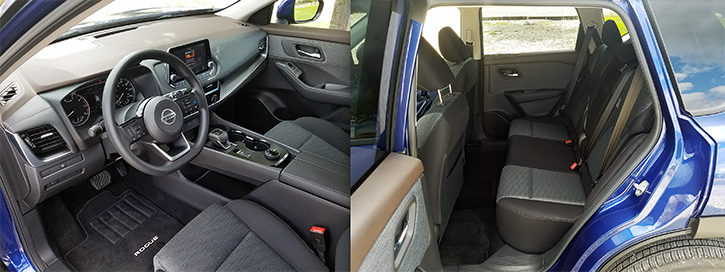
The Platinum model ($35,430) is fully decked out with all the features of the SL Premium, plus a 12.3-inch digital gauge cluster, 10.8-inch head-up display, quilted semi-aniline leather upholstery, wireless Apple CarPlay functionality, a wireless charging pad, and a front center seat-mounted airbag.
All 2021 Rogues come standard with Nissan’s Safety Shield 360 suite of active safety features, which includes automatic high-beam headlights, automatic emergency braking with pedestrian detection, blind-spot monitor, rear cross-traffic alert, lane departure warning, and rear automatic braking.
Regardless of trim level, the Rogue’s sole powertrain is a naturally aspirated 2.5-liter 4-cylinder, rated at 181 horsepower and 181 lb-ft of torque and paired with a CVT automatic transmission. All models are available with front-wheel drive, or all-wheel drive for an additional $1400. The Rogue’s 181-hp rating is about par for the course for a standard engine in the compact-SUV category, but several class rivals offer step-up engines with 250 horsepower or so, and/or fuel-saving hybrid and plug-in-hybrid powertrains. The Rogue doesn’t offer any of those; the previous-generation Rogue’s hybrid version was discontinued after 2019, and Nissan doesn’t have any immediate plans to offer a hybrid powertrain on the new model.
Test Drive: 2019 Toyota RAV4 Adventure

During a socially distanced outdoor press event for the new Rogue, we had the opportunity to take an AWD Platinum model on an extended drive, and also take a quick spin in an AWD SV model (Nissan says the SV will be its volume leader). With the $1095 destination charge and a $385 Floor Mat and Cargo Area Protector Package included, the bottom-line sticker price of our Platinum test vehicle was $38,310; the SV was $30,220, also with the floor-mat package.
The 2.5-liter 4-cylinder provides perfectly adequate acceleration, but we wouldn’t call it zippy. When the throttle pedal is floored, the engine RPM needs a moment or two to rise before power arrives in earnest. The CVT transmission works well, and is mostly free of the high-RPM droning sound that CVTs sometimes exhibit. Steering-wheel-mounted paddle shifters are standard; they help the infinite-ratio CVT feel more like a conventional stepped-gear automatic transmission, but we didn’t feel compelled to use them—we thought the CVT did fine on its own. There are also up to five selectable drive modes: Standard, Eco, and Sport are on all Rogues, and AWD models add Off-Road and Snow modes.
Test Drive: 2020 Jeep Cherokee Limited
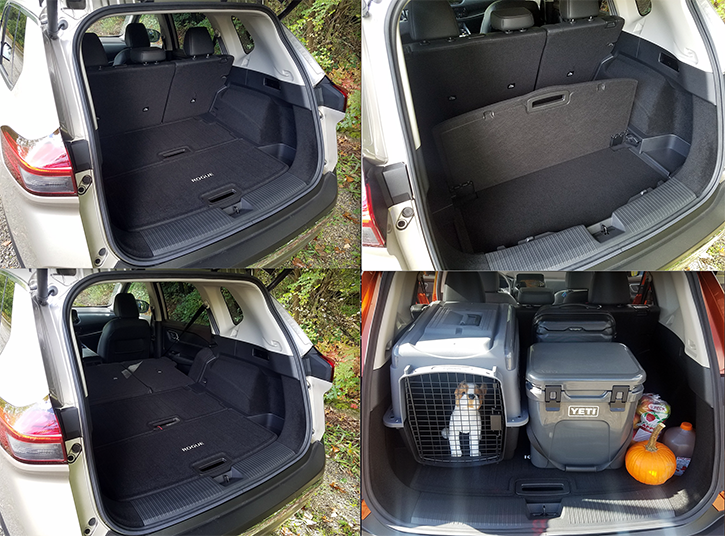
We didn’t have the opportunity to measure fuel economy on this event, but the Rogue’s EPA numbers are class-competitive: 26 mpg city/34 highway/29 combined with front-wheel drive, and 25/32/28 with all-wheel drive. The lightly equipped base S models are rated one at one mpg higher across the board with either FWD or AWD.
The 2.5 is laudably quiet; engine noise intrudes a bit in full-throttle acceleration, and even then the tone is fairly refined for a 4-cylinder engine. Wind rush and tire noise are nicely muted as well. Ride quality is comfortably absorbent overall, but perhaps a shade less buttoned down over undulating pavement than a Honda CR-V or Mazda CX-5. Likewise, the steering and handling are nicely balanced for everyday driving, but the Rogue is a bit less nimble overall than a CX-5 or the more car-like Ford Escape.
Quick Spin: 2020 Subaru Outback Touring XT
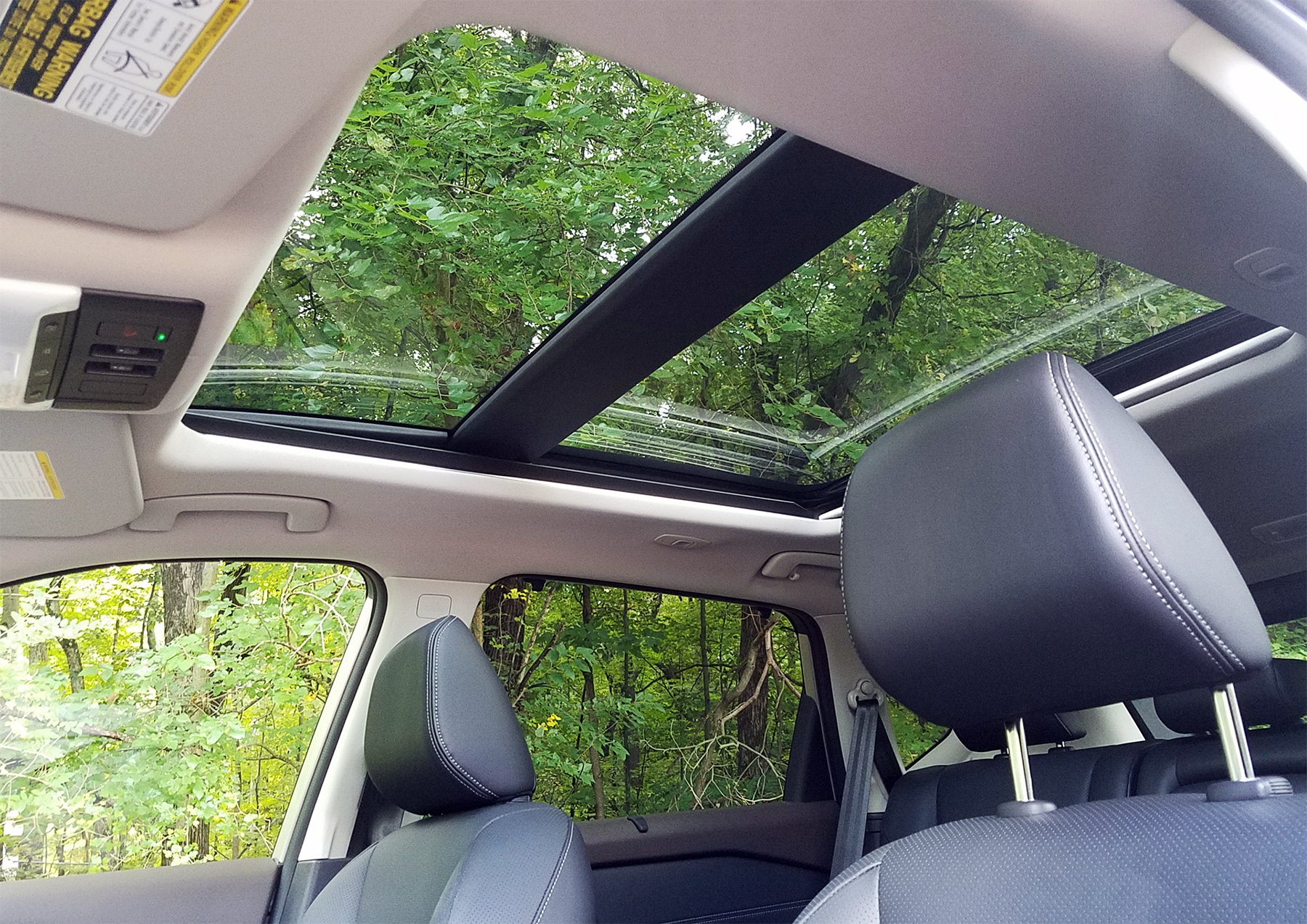
This Rogue drive was our first experience with Nissan’s updated ProPILOT Assist system and the newly available Navi-link feature. Nissan says the basic ProPILOT system has been enhanced with next-generation radar for smoother automatic braking; a new camera that improves the system’s lane-marker detection, which can in turn reduce the time to activate steering assist; and improved steering assistance with a better on-center feel.
These upgrades do indeed improve the ProPILOT system’s functionality. We noticed less of a “ping-pong” effect as the system made steering corrections to stay in the center of the vehicle’s road lane. The steering-assist function also activates more quickly after the driver executes a lane change, complete with a pleasant chime and a green dashboard light letting you know it’s turned on.
The ProPILOT Navi-link system (optional on SL and standard on Platinum) does just what its name implies: It teams the ProPILOT features with navigation-system data, thus enabling the vehicle to “predict” future curves, junctions, and exits on the freeway, and proactively slow the vehicle accordingly. A curvy-road icon illuminates in the head-up display to indicate that Navi-link functionality is active.
That head-up display is just one of the Platinum’s welcome convenience features; it includes plenty of helpful info, and it’s easy to read at a glance without taking your eyes off the road. The 12.3-inch digital gauge display allows the driver to choose various info readouts, including drive-computer and fuel-economy data, driver-assist displays, and navigation-system routes. The wireless cellphone charger is located in an easy-to-access bin at the leading edge of the center console. The Platinum’s premium interior trim provides a convincingly upscale interior ambiance as well; about the only feature we missed having were ventilated or cooled front seats.
First Look: 2021 Ford Bronco Sport
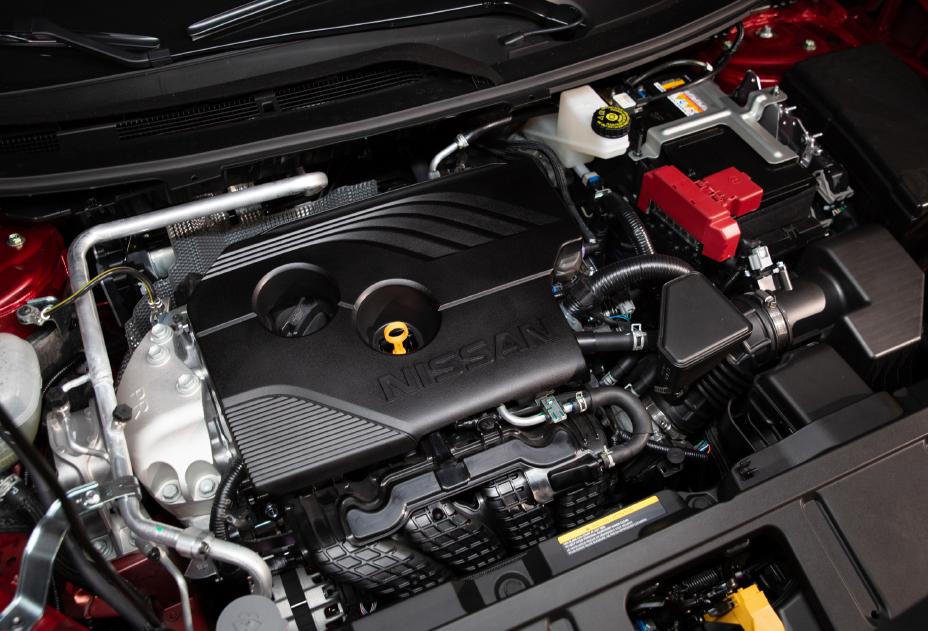
All Rogues get a new shifter with an unconventional “slider-lever” design. We acclimated to it quickly—a push forward for Reverse, a pull backward for Drive, and a press on the button on the top of the lever to engage Park. We found the lane departure warning system to be a tad on the sensitive side, but happily, the warning method is a quick vibration through the steering wheel (like a vibrating cellphone notification). In our book, this is vastly preferable to the shrill electronic beep that some LDW systems use.
Nissan calls the new Rogue a “family hub,” and there are plenty of thoughtful interior-design features that reflect that design philosophy. Passenger space is commendable in both the front and rear seats, and the tall, generously sized windows provide excellent all-around visibility.
Headroom is outstanding, even with the optional panoramic sunroof (sunroof housings typically steal an inch or two of head space), and legroom is good too. Your tester is 6’6”, and his knees just brushed the front seat back when sitting in the rear seat with the front seat adjusted all the way back.
All Rogues come with Nissan’s patented Zero Gravity seats; Nissan says they optimize comfort and reduce fatigue on longer drives. We found them quite comfortable; they have a “puffy” yet supportive feel. And, the rear seats have the same Zero Gravity cushioning as the front seats. In general, the Rogue caters to rear-seat passengers better than many family vehicles. Among the available back-seat amenities are tri-zone climate control, pull-up sunshades in the rear doors, USB-A and USB-C charging ports, and handy reading lights built into the headliner above the doors. Plus, the rear doors open almost 90 degrees, which makes it much easier to get kids, cargo, car seats, or what have you in and out of the vehicle.
The Rogue’s cargo versatility is excellent. The Rogue’s clever Divide-N-Hide cargo-area panels continue as an available feature. A depression on the right-hand side of the cargo area behind the wheel well is designed to hold a gallon of milk so it doesn’t roll around. There’s 31.6 cubic feet of cargo volume behind the rear seats (36.5 with the available Divide-N-Hide feature’s movable cargo floor in the lowered position), and 74.1 cubic feet of space with the rear seats folded. There are handy latches in the rear cargo area that enable you to fold the rear seat backs when you’re standing at the rear of the vehicle. And, those seat backs fold easily without removing the headrests, even when the front seats are set all the way back—something that not all compact SUVs can claim.
Interior small-items storage is also commendable. The center-console bin uses a “butterfly” door arrangement—the center-hinged layout enables easier “pass-back” access to the second row. The door pockets are large enough to accommodate a 32-oz bottle both front and rear, and there’s also a handy purse-shelf area underneath the center console.
As a company, Nissan has been weathering rough times even before the onset of the Coronavirus, including the dramatic arrest of former CEO Carlos Ghosn, senior-management shakeups, a $6.2-billion loss for the most recent fiscal year, significant layoffs, and aggressive product restructuring. Clearly Nissan still has a lot of rebuilding to do, but products like the 2021 Rogue bode well for the company’s future.
Test Drive: 2020 Honda CR-V Hybrid Touring
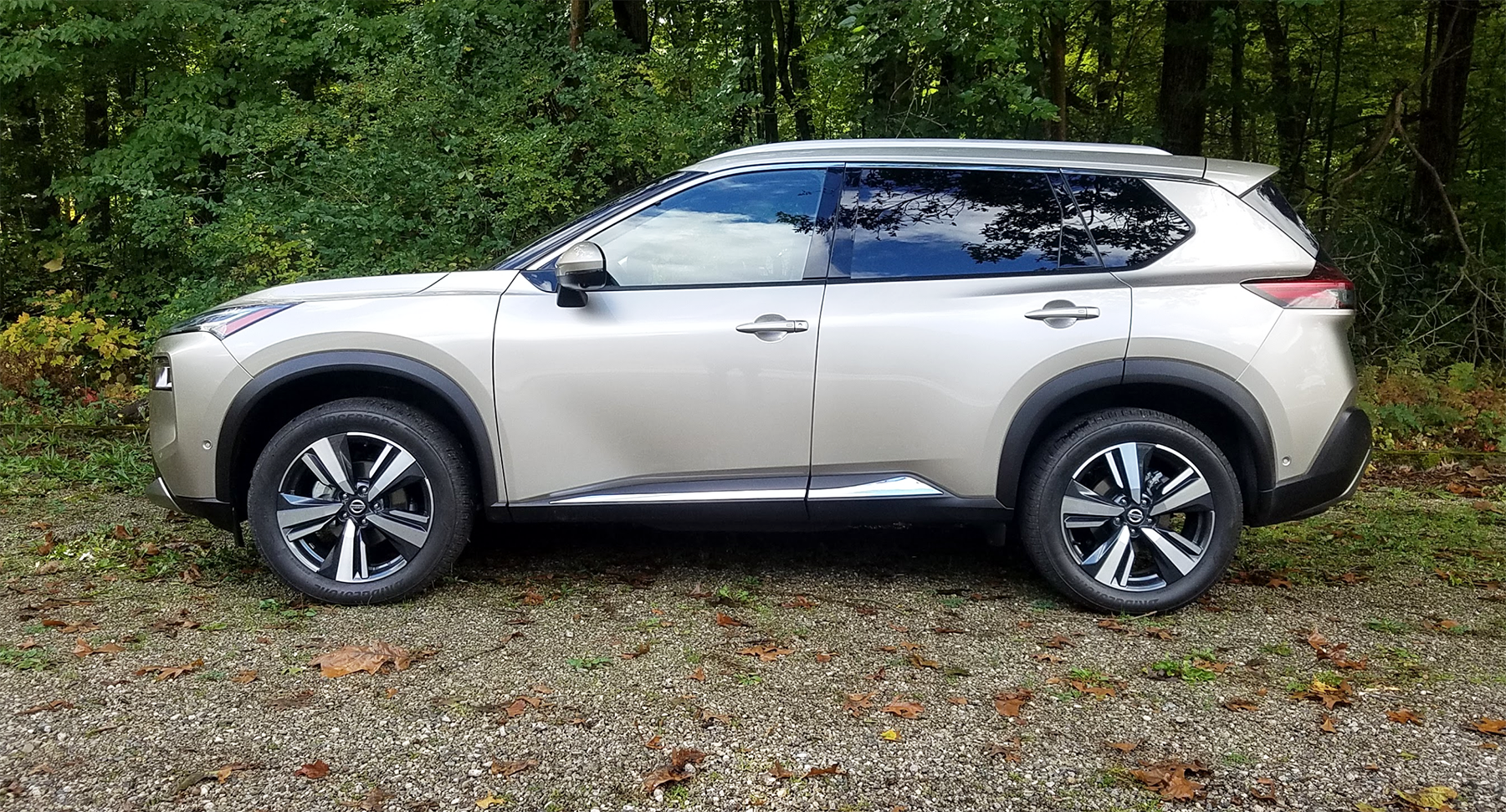
Click below for enlarged images
Listen to the very entertaining Consumer Guide Car Stuff Podcast
2021 Nissan Rogue Review Gallery
2021 Nissan Rogue Review

